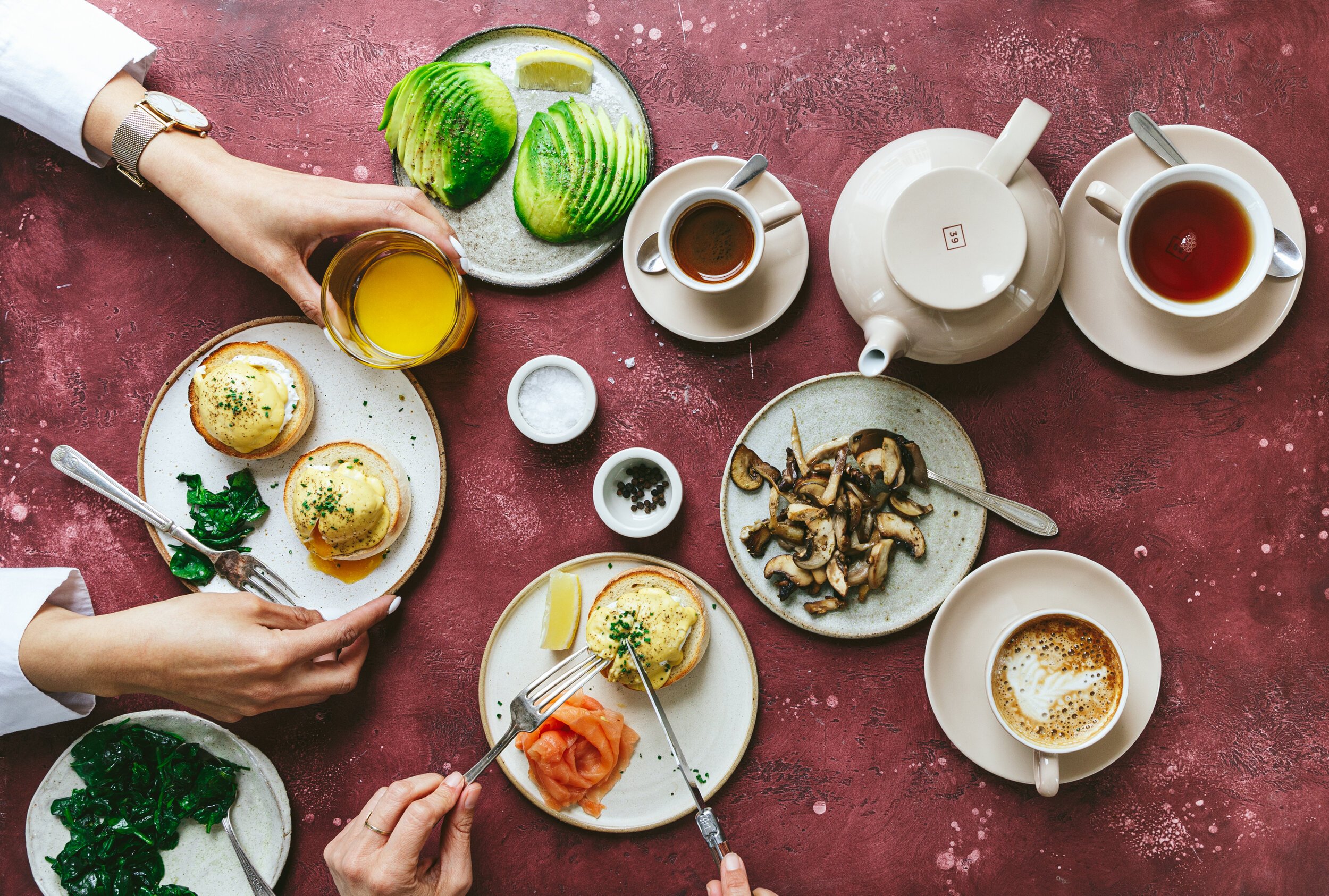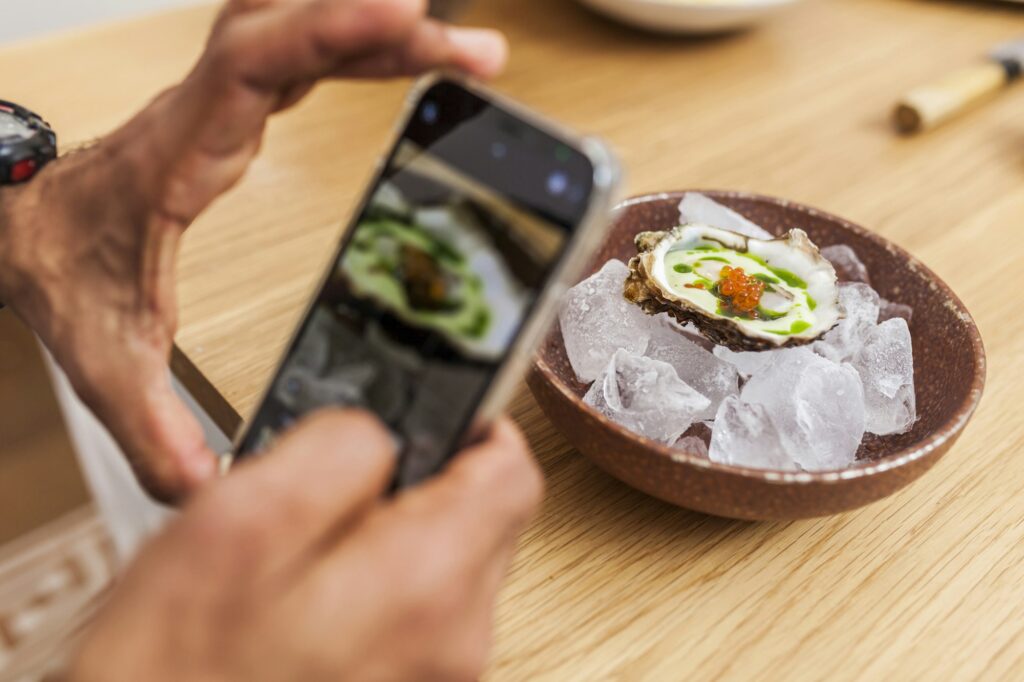The Art of Food Photography: Making Every Dish Crave-Worthy

Making Every Dish Crave-Worthy
We’ve all been there: scrolling through social media and suddenly stopping dead in our tracks, mesmerized by a photo that makes your stomach rumble. That’s the magic of food photography – the ability to transform a delicious dish into a work of art that sparks serious cravings. But how do those photographers capture such mouthwatering images? The answer is by mastering the art of food photography!
Whether you’re a food blogger, restaurant owner, or simply someone who loves to document their culinary creations, these food photography tips will help you elevate your photos and turn every plate into a masterpiece:
Let There Be Light: Illuminating Your Delicious Subject
Lighting is king in food photography. Natural light is your best friend, offering a soft, diffused glow that highlights the textures and colors of your food. Look for a well-lit spot with indirect sunlight, like a large window. Experiment with different angles – side lighting can add depth and dimension, while front lighting creates a brighter, more even look.
Prepping for Perfection: Styling Your Food for Impact
Before you hit the shutter button, take a moment to style your food. This doesn’t mean turning it into an inedible sculpture – it’s about arranging the elements to create a visually appealing composition. Here are some tips:
- Think about negative space: Leave some room around your food to avoid a cluttered look.
- Embrace asymmetry: Don’t be afraid to experiment with off-center arrangements for a more dynamic feel.
- Play with layers and height: Add depth by stacking ingredients or using props like plates or bowls at varying levels.
- Garnish strategically: A sprinkle of herbs, a drizzle of sauce, or a dusting of powdered sugar can add pops of color and texture.
Camera Ready: Choosing the Right Tools for the Job
You don’t necessarily need a fancy DSLR camera to capture stunning food photos. Many smartphones boast impressive cameras these days. However, if you are using a camera, consider these aspects:
- Aperture: A lower aperture (written as f/ numbers) creates a shallow depth of field, blurring the background and putting the focus on your food.
- Lens: A macro lens allows you to get close-up shots that capture the intricate details of your dish.
Post-Processing Perfection: The Finishing Touches
Editing software like Adobe Lightroom can elevate your food photos to the next level. Here are some basic adjustments you can make:
- Adjust white balance: Ensure your food’s colors appear natural and appetizing.
- Play with brightness and contrast: Add a touch of brightness for a light and airy feel, or increase contrast for a more dramatic look.
- Sharpening: Sharpen your image slightly to enhance details and make your food pop.
Beyond the Plate: Capturing the Food Story
Food photography is about more than just the final dish. Consider incorporating elements that tell the story behind the meal. This could include:
- Ingredients: Showcase the fresh, high-quality ingredients used in your recipe.
- Cooking process: Capture the steps involved in creating the dish, adding a sense of anticipation.
- Setting: Style your food on a beautiful background that complements the overall mood.
Food Photography: A Recipe for Engagement
By mastering these food photography tips, you’ll be well on your way to capturing images that tantalize taste buds and leave viewers hungry for more. Remember, food photography is a journey of exploration and creativity. So, have fun, experiment with different techniques, and don’t be afraid to get a little messy in the kitchen!
Ready to take your food photography to the next level? Share your photos and tag us on social media! We can’t wait to see your culinary creations come to life.


